News
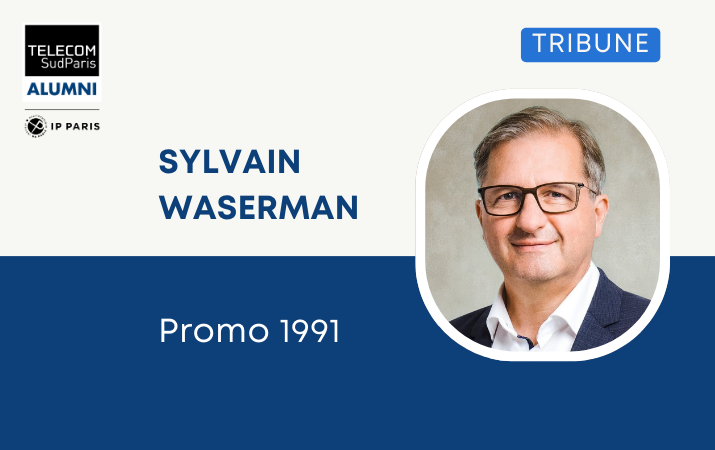
Read Sylvain Waserman's article
Successfully reconciling digital technology and the environment is a decisive challenge if we are to achieve carbon neutrality by 2050.
We know that digital technology is a tremendous opportunity to accelerate the ecological transition, but we also know that behind every technology lies a growing carbon footprint that needs to be brought under control if we are to achieve carbon neutrality by 2050.
Digital technology plays a major role in improving efficiency in all sectors, from optimizing energy resources to supporting agriculture. But in France, in 2024, its carbon footprint reached 29.5 Mt CO₂ eq, and its electricity consumption accounted for 51.5 TWh, or 4.4% of the national carbon footprint and 11% of the country's electricity consumption. And this trend is set to accelerate sharply with the rise of AI, which is set to become one of the greatest climate challenges of the century.
And to meet this challenge, it's essential to develop more sober digital services, extend the lifespan of equipment, improve the energy performance of data centers and rely on more frugal AI, based on models adapted to real needs.
Mastering a fast-growing sector, while controlling its impact.
Reconciling environmental responsibility and economic development in the digital sector is a challenge that we must rise to collectively. Our experts at ADEME support innovative projects that put digital technology at the service of ecological transition ("IT for Green"). For example, to optimize local car-sharing solutions with a trusted community, or to combat electricity peaks by reducing our consumption in targeted ways (deferred electric car charging, heating power limited in real time during critical moments). We're also opening up new horizons, for example in adapting to climate change, with a project using AI to detect "plantable" areas in a metropolis and use vegetation to create cooling zones. *
The other challenge is to make this sector more responsible ("Green IT"), by making progress in controlling the impact of digital technology in terms of resource consumption by tools and software, whose growth rates are out of control. The major AI players are investing considerable sums to develop new data centers, even though the energy consumption of the new generations is increasingly optimized. This is their main operating cost, and they also consider the greening of AI to be strategic and a factor in its acceptability to citizens, and therefore to legislators. In addition, the eco-design of digital services is becoming more structured, with a methodology published by Arcep and Arcom, for example, with the support of ADEME. Lastly, hardware replacement still accounts for more than half of the environmental impact, but programs to combat programmed obsolescence and compulsive replacement behavior are on the increase. These are just some of the ways in which we can prevent the digital industry's carbon footprint from spiraling out of control, a challenge to which neither legislators nor digital industry players can remain indifferent.
Change course and lead the way to sustainable solutions.
Sobriety and green innovation will therefore both be integral parts of the transformation of current models. At ADEME, we are not techno-solutionists: we believe in innovation and we support it, but we believe that technology must never be used as an alibi for climate inaction or for the blind defense of certain drifts in our existing models. And there are ways of encouraging sober, high-performance models: by developing local data centers, powered by decarbonized energy and subject to our environmental standards, or by supporting French and European start-ups that are already imagining sustainable AI while remaining credible on the international stage. Meeting the challenges of the digital age is a battle that is being waged now. The players involved in the ecological transition - legislators, executives, the business world, associations and citizens - need to get to grips with it, to make it a reality.
to anticipate the risks, while using it as a lever for the ecological transition.
Sylvain Waserman, President of ADEME
*Source: https: //www.banquedesterritoires.fr/12-territoires-selectionnes-pour-concevoir-lia-frugale-au-service-de-la-transition-ecologique
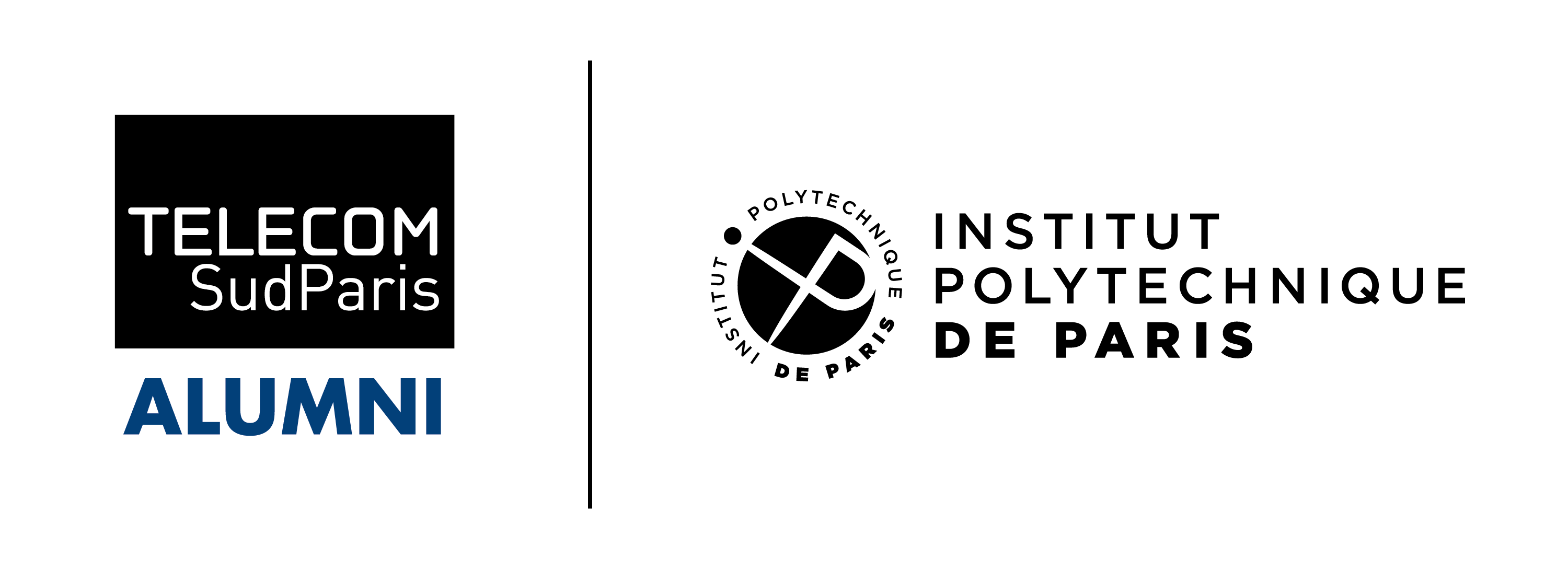








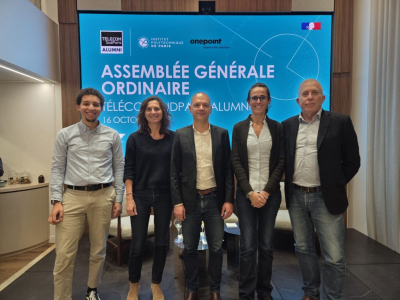
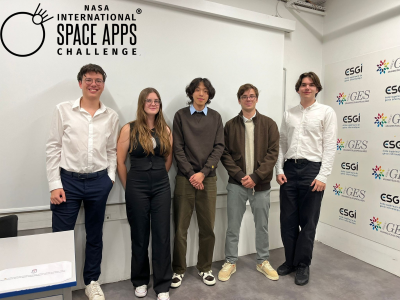

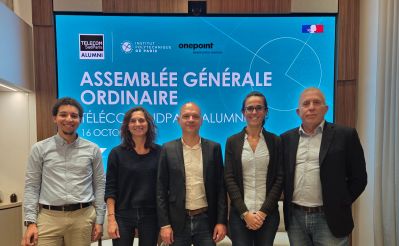



No comment
Log in to post comment. Log in.